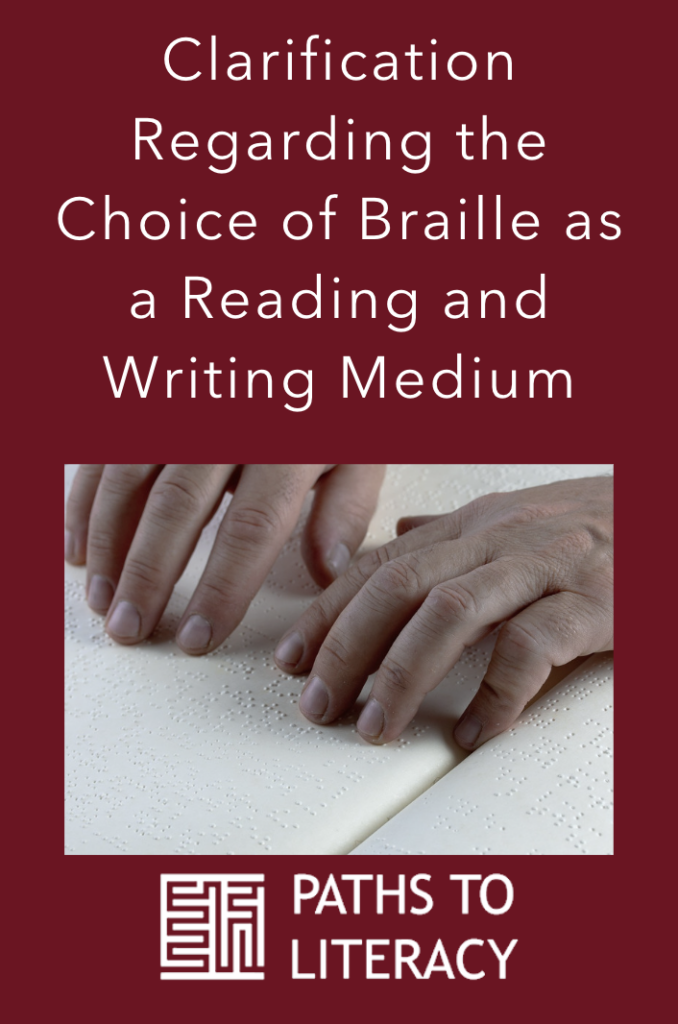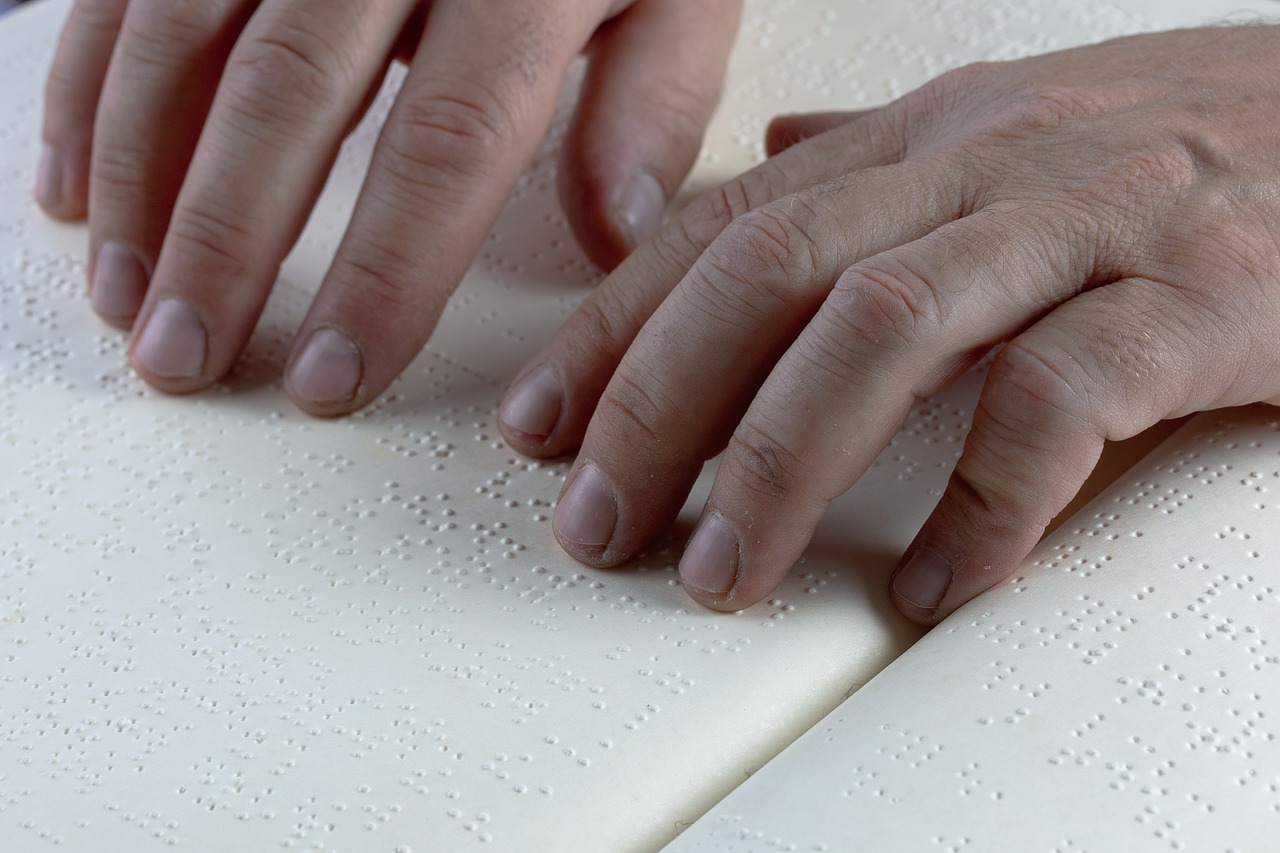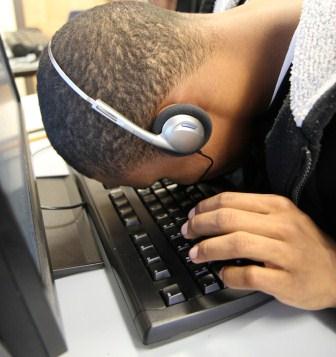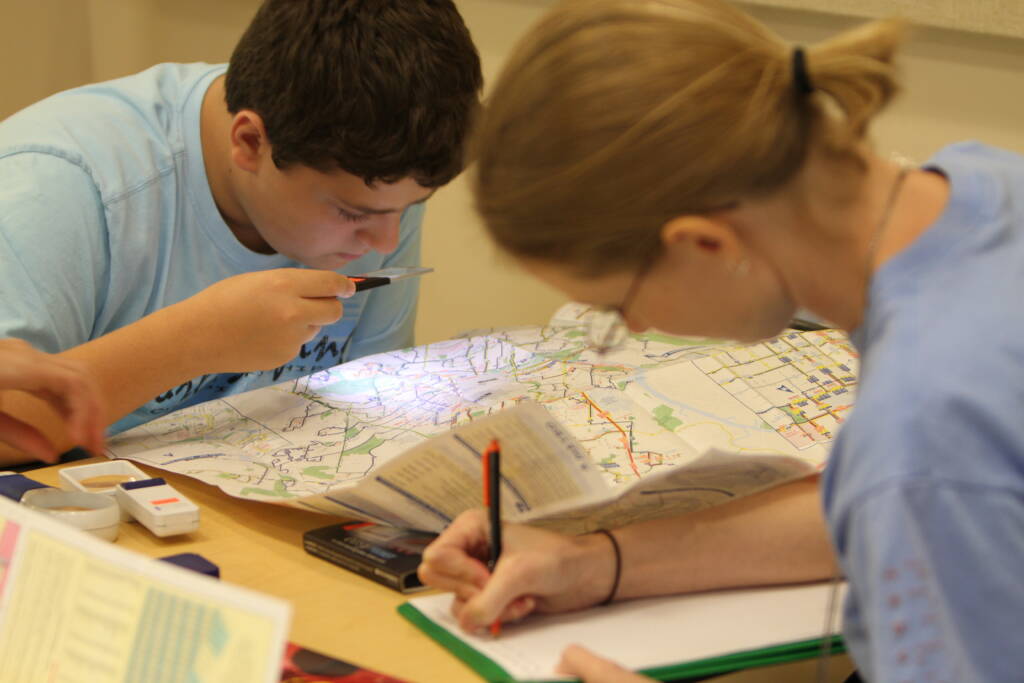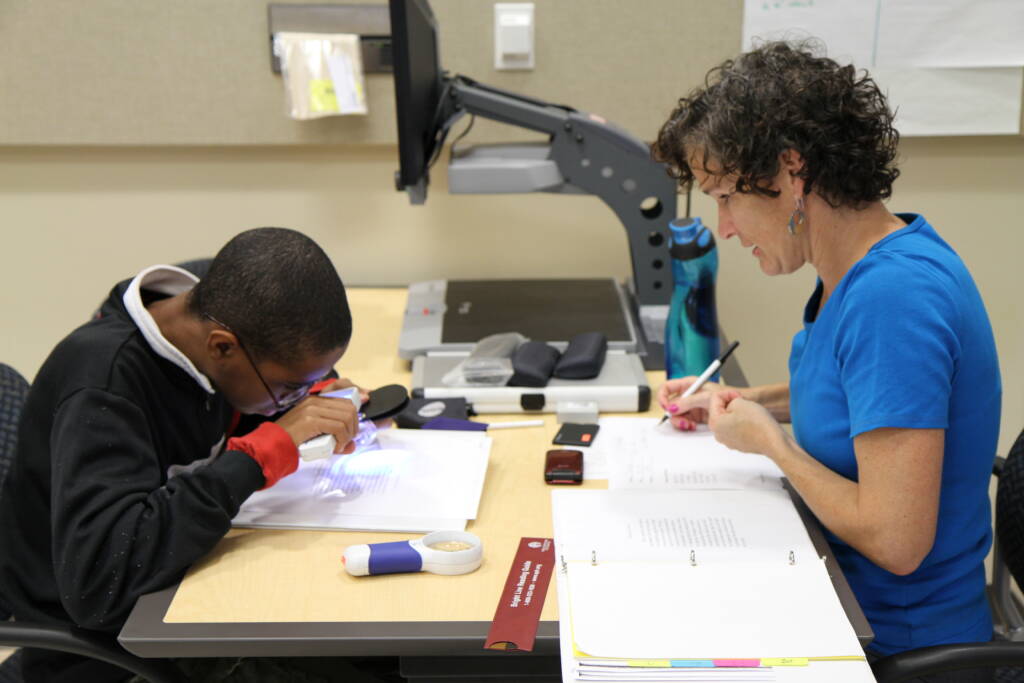By Dr. Phil Hatlen, Former Superintendent, Texas School for the Blind and Visually Impaired (TSBVI)
How is the choice made among various learning media?
I recently had the privilege and pleasure to talk to a group of parents of blind and visually impaired children at a conference in Galveston. A popular topic among parents was how the choice is made between learning media. In other words, which children should be primarily braille readers and which should be primarily print readers? I had an opportunity to discuss this topic on Saturday afternoon. Unfortunately, I think that some of my comments were not clear, and that some parents left the meeting with impressions of my position on learning media that are not complete or correct. Therefore, I am writing this article, hoping that parents who may have misunderstood me will have a better understanding of my beliefs about teaching print and/or braille.
Print Readers
Most blind or visually impaired children fall into four categories when it comes to learning media. Some will certainly be print readers, for their vision allows them to read quickly and accurately, using either regular print, large print, or optical devices. Reading is not hard work for them, and they will achieve speed and comprehension rates that are sufficient for both educational and recreational reading.
Braille Readers
Other students will obviously be braille readers and writers. Often these children will be either totally blind or have light perception only. Contrary to myths that have existed around braille for many years, this literacy medium is not too bulky, too slow, or too hard to find. Braille is, in fact, an excellent medium for reading and writing, and is not a second-class system to print.
Struggling Readers
A third group of learners will have difficulty with both print and braille. These students often have educational challenges in addition to a visual impairment. They will explore other means of literacy. One will be auditory learning. Another might be tactile symbols and calendar boxes. For all children who are blind or visually impaired, there will be a means by which literacy can be achieved in some form. That is what education is all about.
Dual Media
The fourth group is the one about which there is some misunderstanding and often confusion. This is comprised of children who are visually impaired and have enough vision to perform some tasks and activities visually. Some parents and professionals will want these children to learn braille. Others will advocate for full use of remaining vision, including the tasks of reading and writing.
The confusion about this fourth group happens when we fail to consider braille and print as being equal methods for reading and writing. If we believe one is superior over the other, we are at risk for making serious educational mistakes with children. Texas has recognized this problem, and legislation has attempted to place braille and print on a “level playing field” by requiring completion of a Learning Media Assessment on these children. The results of this assessment should serve as an excellent guide for the educational decisions that parents and teachers need to make.
The Shortage of Qualified Braille Teachers
What sometimes complicates the decision to be made, based on a learning media assessment, is that children who will learn print can easily be provided their reading program in a general education classroom. Children for whom braille is indicated will need to be taught by a credentialed teacher of the visually impaired. General education classroom teachers are not qualified to teach braille reading and writing, nor are paraprofessionals. For the child who will learn braille, the teacher of the visually impaired must be at his/her school every day. Recent data indicates that, for a child to be successful in learning braille, the teacher of the visually impaired must be available to offer instruction in reading for at least one hour per day.
Because of the shortage of teachers of the visually impaired in Texas as well as throughout the country, it is sometimes difficult, if not impossible, for the teacher to be with the braille learner for an hour a day. If the teacher of the visually impaired’s caseload is too large, or geographic area of responsibility too big, then he/she may not be available to the child as often as needed. This is a very, very serious problem in providing the correct and most useful literacy skills to this group of students. Sometimes, in cases where there seems no other solution, the teacher of the visually impaired may consent to a child learning print even though braille would be preferred.
Is Your Child Being Taught in the Correct Medium?
What I said in Galveston is that, if your child has pencil smudges on his nose when he finishes writing or if your child is reading one-inch high letters on a CCTV at less than 20 words per minute, I suspect he/she is in the wrong reading medium. If your child cannot read a whole word at a single glance, then your child may not be in the best reading medium for him/her. There are other tests to determine the correct reading medium, but the one that will satisfy both parents and teachers is the Learning Media Assessment, and it is required by Education Code to be administered to all blind and visually impaired students in Texas.
Parents, if you have not seen the results of your child’s Learning Media Assessment, then I suggest you ask to see it. If you believe that your child would be better served with a different reading medium, then I suggest you discuss this with your child’s teacher of the visually impaired. If your child is not receiving instruction in reading and writing as often or for as long as you agreed to at the child’s ARD meeting, then discuss this with your teacher of the visually impaired.
Blind and visually impaired students are fortunate to have a variety of means by which to achieve literacy. If teachers and parents use these choices well, then every child in Texas should develop literacy skills to the maximum extent, and in the best medium, possible. It is up to parents to know what their children need, to work together with the schools to assure that there is agreement regarding the educational services provided, and to work with their teacher of the visually impaired so that children are assured of the best education possible.
This article was originally published by Texas School for the Blind and Visually Impaired (in the Winter 2001 SEE/HEAR Newsletter) and is reprinted here with permission.
